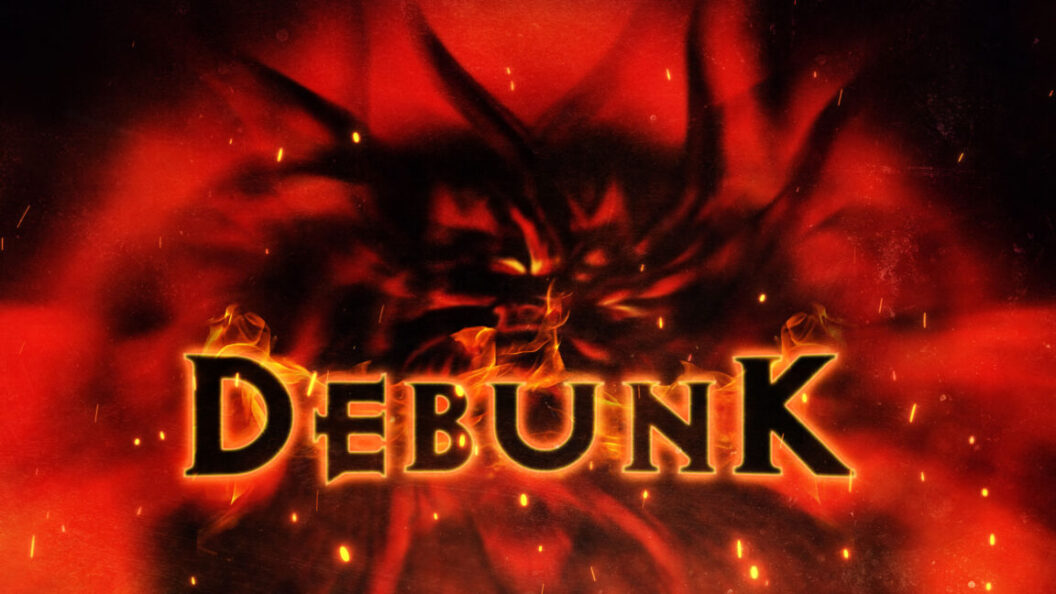Unraveling the Legend of Diablo’s Speedrun Champion
For years, Maciej "Groobo" Maselewski established himself as the landscape-defining figure in the speedrunning community for the classic video game Diablo. With a remarkable record of completing the game in just 3 minutes and 12 seconds as the Sorcerer character, Groobo’s speedrun was a perfect blend of skillful navigation and seemingly serendipitous luck within the game’s procedurally generated levels. However, a recent investigation by fellow speedrunners has cast a shadow over the legitimacy of his celebrated run.
Doubt Arises
As other players began to delve into Groobo’s iconic run, they struggled to reproduce the exact conditions that led to his record time. Despite numerous attempts and advanced analysis tools, these players started noticing inconsistencies. Such concerns prompted a deeper investigation. Team member Staphen expressed their motivation for digging into Groobo’s run, stating, "We just had a lot of curiosity and resentment that drove us to dig even deeper." He later mentioned a sense of "betrayal" when realizing that Groobo might have achieved his renown through illegitimate means.
In addition to meticulous gameplay analysis, the team executed an automated search through billions of Diablo dungeon configurations in an effort to validate or dispute Groobo’s claim. The results revealed that Groobo’s gameplay could not conceivably have transpired in any of the generated levels, raising alarms within the gaming community about the authenticity of his speedrun.
Examining the Luck Factor
To grasp why Groobo’s record was viewed with increasing skepticism, one must consider the unusual circumstances that characterized his gameplay. In particular, the layout of the dungeons he navigated appeared too fortuitous to be genuine. Allan "DwangoAC" Cecil, one of the investigators, noted, "It seemed very unusual that we would have so many levels with the upstairs and the downstairs right next to each other." This raised eyebrows among speedrunners, who recognized that such advantageous layouts significantly enhance the chances of a record-breaking run.
Groobo’s timely discovery of a unique item—Naj’s Puzzler—further complicated the narrative. This powerful item enabled teleportation, a fundamental strategy that Groobo utilized to expedite his descent through the game’s levels. Given that both the dungeon layout and the item acquisition were seemingly predestined advantages, many within the community began to scrutinize whether Groobo’s claim was the product of skill or sheer luck.
The Role of Tool-Assisted Speedrunners
The questioning took on a new dimension when tool-assisted speedrunners (TAS) entered the fray. Utilizing technology and techniques outside the constraints of normal gameplay, these speedrunners aimed not only to replicate Groobo’s record run but to exceed it. Starting their exploration last February, the TAS team used Groobo’s speedrun as their reference point. According to them, while Groobo relied on "human luck," they could leverage computational power to consistently recreate specific advantageous scenarios.
Community Reactions and Implications
The implications of this investigation are vast and resonate throughout the speedrunning sphere. Many in the community feel that finding a gap in Groobo’s accomplishment hinders the integrity of recorded gaming achievements. This situation has ignited discussions about how to preserve fairness and authenticity in competitive environments where human skill and luck intersect.
Staphen acknowledged the emotions involved, stating, "To find out that this had been done illegitimately… and the person had both gotten and taken a lot of praise for their achievement," suggesting a mix of admiration and resentment.
Reflecting on the Legacy
As this intriguing chapter unfolds within the Diablo speedrunning community, it exposes an uncomfortable truth about the nature of competition in gaming. The distinction between skill, strategy, and fortune is increasingly crucial in an era where technology and talent continue to evolve alongside one another.
The investigation into Groobo’s speedrun not only alters how Diablo will be played and perceived in the speedrunning realm but also raises broader questions regarding the integrity of video game achievements. The debate underscores the importance of transparency and verification in gaming communities—an issue that will undoubtedly ripple through competitive gaming long after the dust from this particular controversy settles.









